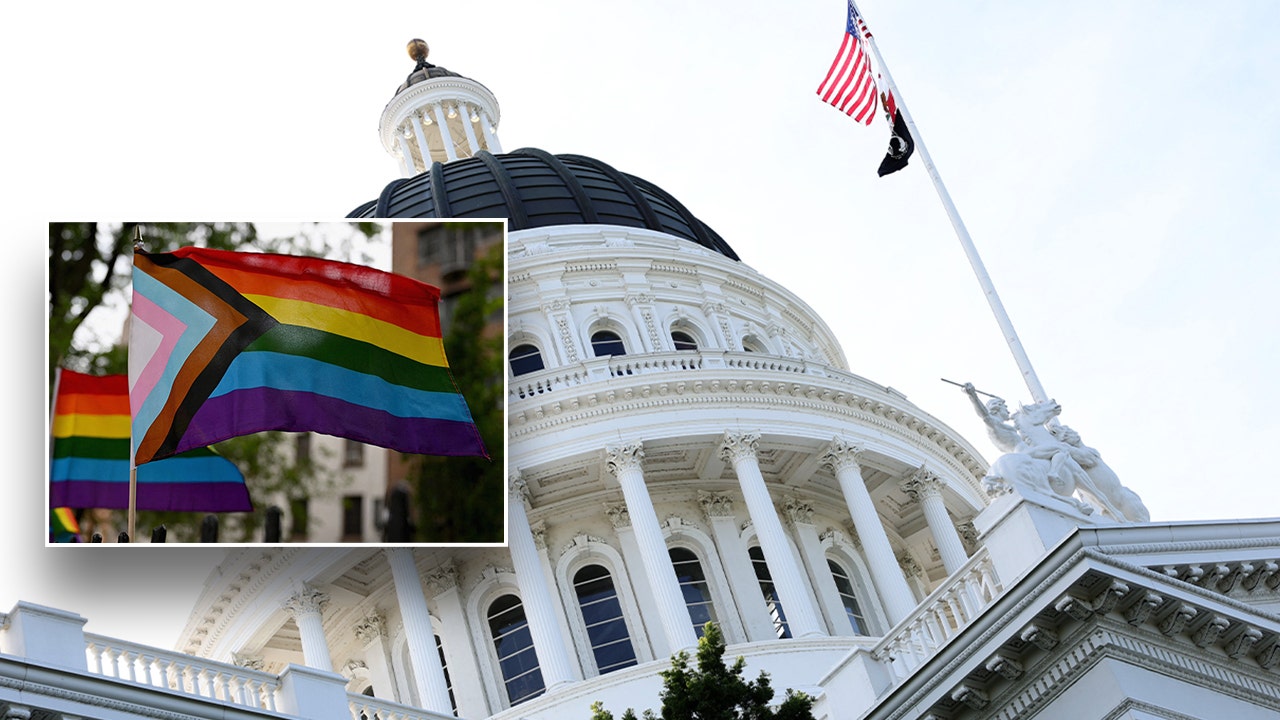
New York is about to get really wild. Every spring, millions of birds fly from South and Central America along the Atlantic Flyway, heading for northern breeding grounds. Many of them choose to fly through New York City, sometimes stopping to rest in Central Park. You can take the subway to 81st Street, stroll across the way and maybe see a maraschino-cherry-red male scarlet tanager with black wings, fresh from the foothills of the Andes.
As the migration picks up in the weeks to come, millions of wild birds will pass through the city. But New York is also home to wildlife year-round. Humans share the city with hundreds of species of wild animals, from red-tailed hawks and coyotes to pigeons and rats.
It might sound odd to call a pigeon or a rat a wild animal. These notoriously urban animals might seem too much creatures of the human world. If they take the subway and eat churros and pizza, can they truly be called wild? But red-tailed hawks and coyotes eat these dubiously wild rats and pigeons — so does that mean they aren’t wild either?
The confusion arises because “wild” can be defined in several sometimes contradictory ways. One definition is “uninfluenced by humans.” A wild place is a place that humans have not shaped. A wild animal is an animal whose life is led outside the sphere of human influence. But if we define wildness as “uninfluenced by humans,” then there is probably no complete wildness left. Thanks to climate change, pollution and the vast conversion of land for food production, all animals and all places are now influenced by humanity, at least to some degree.
But this definition of “wild” is premised on the idea that humans are categorically different from other species, that we are somehow outside nature, despite being very clearly and closely related to other animals. We may be very fancy apes, with our iPhones and our airplanes, but apes we remain. Why does just one kind of ape have this magic power of reducing or destroying wildness?
In addition to being based on an unscientific division of humans from all other animals, the idea of wildness is tangled up with a long history of racism. In the Americas, land that was managed by Indigenous people was often characterized by colonists as “wild,” either out of ignorance of how management like prescribed burning, managed hunting, planting and tending had shaped the landscape or out of an unwillingness to see Native people as having any agency at all. Characterizing people’s homes as wilderness implies that the people who lived there weren’t human.
There is an alternative. We can define “wild” in terms of the level of autonomy of the individual we are describing. If an animal is free to make its own choices — even in a world shaped by humanity — then it is wild. If its life is controlled by another organism, then it is not wild. Under this definition, pets, farm animals and zoo animals are not wild. Neither is an aphid that is farmed for honeydew by a colony of ants. Humanness is not central to this definition.
I use the breakfast test. Does the animal choose its own breakfast? Then it is wild. It doesn’t matter if the animal is “native” to a place. It doesn’t matter if the place itself has been radically transformed, like New York City. Indeed, a single animal can change its status. Flaco, the Eurasian eagle-owl who was freed from captivity at the Central Park Zoo and lived free for a year before his recent death, was not wild for 13 years. When he was let out and began making his own decisions — choosing between rat and pigeon for breakfast instead of just eating whatever was provided by the zoo — he became wild. Wildness is freedom.
Under this definition, New York and cities everywhere are bursting with wildness. The birds migrating through Central Park are wild. The rats raising generations of young in the park are also wild. We are surrounded by other creatures with their own agendas going about their sometimes-mysterious business. For me, this simple revelation changes the texture of the city. I see it now as an ecosystem of wild creatures that just happens to also feature lots of concrete and glass.
I believe the wildness of individual autonomy is valuable because it is a component of animal flourishing. A poodle may be happier in captivity, but many animals want to be free. You didn’t see Flaco desperately trying to return to his cage.
Many people value wildness. But which kind of wildness do they mean? Do they mean that they value things that are not influenced by humans? Do they just hate anything that humans have touched? I don’t think love of the wild is usually so simple-mindedly misanthropic. I think for most people, loving the wild means respecting the well-being and independence of other species and seeking to be humble, to step back from being in control. Defining wildness as individual autonomy captures those ethical features.
If we care about individual autonomy rather than the overall level of human influence, we should not micromanage our “wildlife” in an attempt to replicate some kind of prehuman ecosystem. Nor should we police where animals live in the name of “native species” purity, although we might sometimes decide to manage them for human safety or for other goals, such as saving vulnerable species they might like to eat.
Living together is always a compromise, and no autonomy is complete. In human societies we agree to limit our own freedoms to better coexist, and we should make compromises in interspecies relationships, too. We can turn down the lights during migration seasons to prevent millions of wild birds from becoming disoriented to the point of fatal exhaustion or from hitting buildings, even if it is slightly inconvenient for us humans. On the other hand, we have a right to control insects, rats and mice where we eat and store food for our own health and safety. But where we do decide to infringe on other animals’ autonomy, we should do so as a last resort, and within a context of overall respect — and, ideally, reciprocity.
Respecting wildness is good for our character. We shouldn’t be managing every other species. For one thing, we aren’t smart or knowledgeable enough to do it perfectly. There’s a lot about ecology we still don’t understand. We should be humble and let other organisms make their own choices, except in situations where we choose to intervene to protect ourselves or other species.
Someone recently asked me whether humans can be wild, under my definition. That’s a tough one, but I think we can, at least sometimes. The last time I was in New York City, it was fall. I visited Flaco, napping the afternoon away in a tree in Central Park. I found a pile of rat bones under his perch. A wild life is not always a safe life. Afterward, I wandered south with no destination in mind. I looked at the zippers and buttons in the windows in the garment district. I walked by the Strand bookstore and bought a used novel from the sidewalk racks just because I liked the title. I sat in Washington Square Park and eavesdropped on two college students talking about their futures. For an afternoon, at least, I was as wild as a migrating cerulean warbler, as wild as a New York pigeon.
Emma Marris is a writer and the author, most recently, of “Wild Souls: Freedom and Flourishing in the Non-Human World.”





